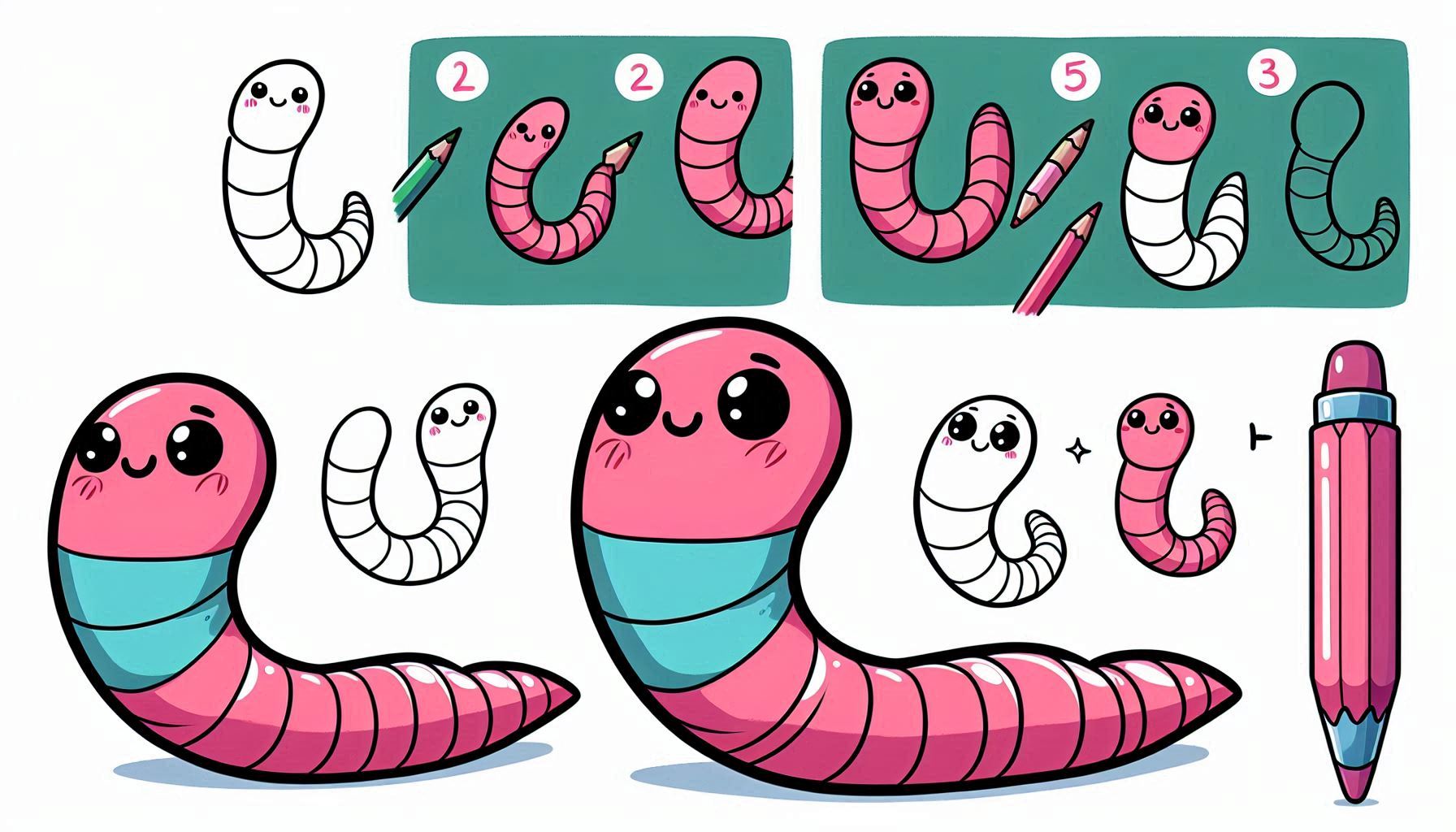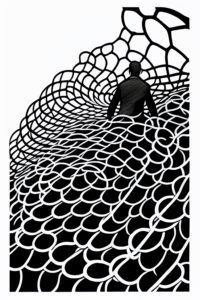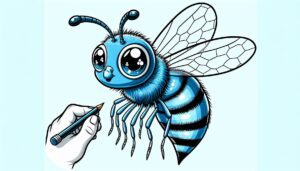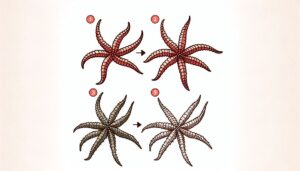How to draw Nematode Creating a picture of a nematode, which is also called a roundworm, can be an exciting adventure for budding artists! Nematodes are simple, tubular worms commonly found in a wide range of environments. In this easy-to-follow tutorial, we’ll walk you through the process of creating your very own nematode drawing!
Table of Contents
Materials Utilized
Before we get started, make sure you have the necessary materials ready.
- Pencils (HB, 2B, and 4B)
- Thin-tipped pens or markers
- Coloured pencils, markers, or watercolours are great options for artistic expression.
- Sketchbook or drawing paper
- Images of nematodes for reference
- Eraser
Step-by-Step Guide : How to draw Nematode
Step 1: Research and Reference Pictures
- Begin by searching for images of nematodes online or in biology books.
- Take a moment to appreciate their distinct shape and characteristics.
Step 2: Outline
- Start by drawing a long, curved line to depict the nematode’s body.
- Include a slightly thicker section at one end to indicate the head.
Step 3: Parts of the Body
- Continue the curved line to form the tail. The tail should be slimmer than the head.
- The appearance of nematodes is segmented. Include a few small, evenly spaced lines along the body to depict these segments.
Step 4: Oral Cavity and Specifics
- Point to the area around the mouth, which is located near the head. Opening can be made simple.
- Incorporate some unique bumps or ridges along the body to create an interesting texture.
Step 5: Coloring
- Opt for lighter shades when coloring the body. It is common for nematodes to have a pale or translucent appearance.
- You can incorporate a hint of pink or beige to symbolise their internal organs.
Step 6: Enhancing the contrast and depth
- Use shading techniques to add depth to the illustration. Include shadows along the segments.
- Keep certain areas of the drawing lighter to show highlights.
- Refine the details by eliminating any unnecessary guidelines.
- Make sure to double-check your proportions and make any necessary adjustments.
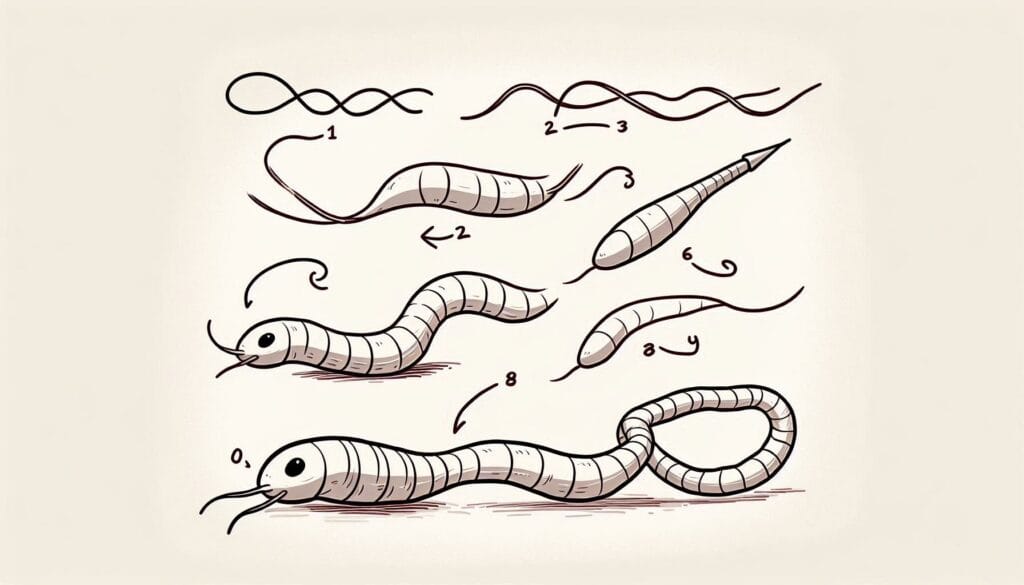
Frequently Asked Questions (FAQs)
What exactly is a nematode?
Nematodes, also known as roundworms, have elongated bodies and are considered simple worms.
They can be found in various environments, including soil, water, and even the digestive systems of animals.
Do nematodes pose any harm?
Certain nematode species have the potential to cause harm to both plants and animals.
Others have vital roles in ecosystems through the decomposition of organic matter.
How do nematodes reproduce?
Nematodes reproduce by laying eggs.
Certain species exhibit distinct male and female individuals, while others possess hermaphroditic characteristics.
Are nematodes present in my garden?
Indeed, nematodes are frequently encountered in soil.
They have a vital role in the cycling of nutrients.
What is the diet of nematodes?
Microscopic organisms such as bacteria and fungi are a source of nourishment for nematodes.
Do nematodes possess visual organs?
No, nematodes do not have eyes. They depend on alternative sensory structures.
Is it possible to have nematodes as pets?
Although not a common practice, some researchers choose to keep nematodes for scientific studies.
Find Inspiration
Take a look at scientific illustrations of nematodes for some drawing inspiration. Take note of their shapes and textures.
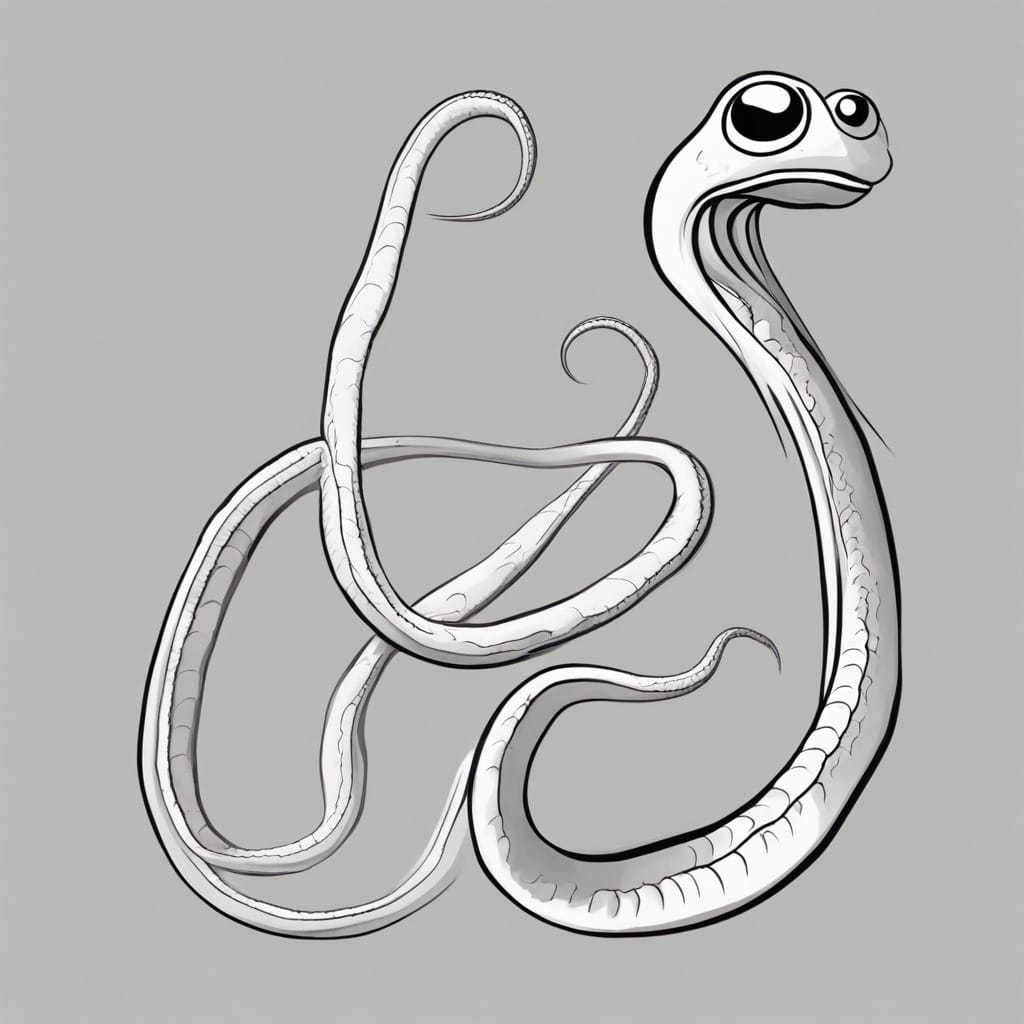
Conclusion
Creating a nematode drawing can be a fun and educational activity. Discover the fascinating world of these small beings through the medium of art! 🌟
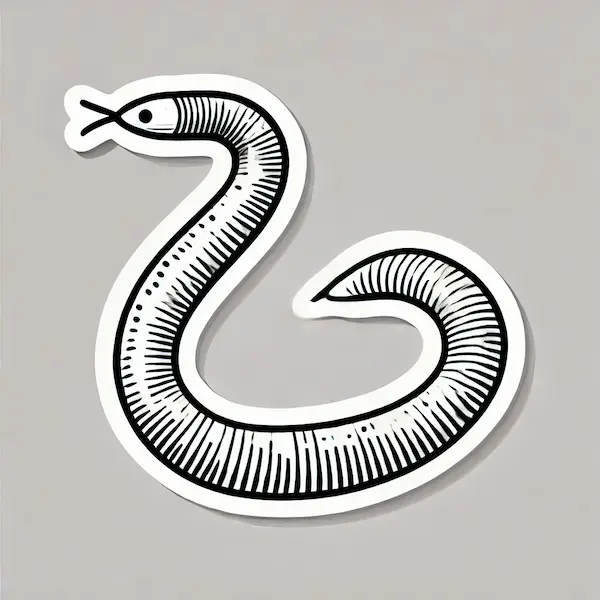
Feel free to share your drawing with us! If you have any additional inquiries, feel free to ask. Enjoy your drawing! 😊
For a super fun and simple guide on how to draw a trematode, also known as a fluke, be sure to check out the tutorial here! This fun resource offers easy, step-by-step instructions that make it exciting for little artists to discover these fascinating creatures while unleashing their creativity through drawing!

